Nursing has seen dramatic changes in the past century, but few realize that during this period of rapid growth men were effectively excluded from the profession, before starting to make a gradual comeback. The dwindling number of men who chose to become nurses faced unique challenges and experiences, discrimination and, to an extent, some advantages.
Number of Men in Nursing
The number of men in nursing dropped sharply in the early 1900s. It began to rise again slowly from the 1950s, partly to provide jobs for men after World War II and also as a result of changing social and gender norms. Throughout early history, there were probably more men than women caring for the sick in institutions, but by 1930 less than 1% of nurses in the United States were men. By the 1970s, only 2.7% of nurses were men, but since then this figure has risen to around 10%. These numbers are similar in most parts of the world.
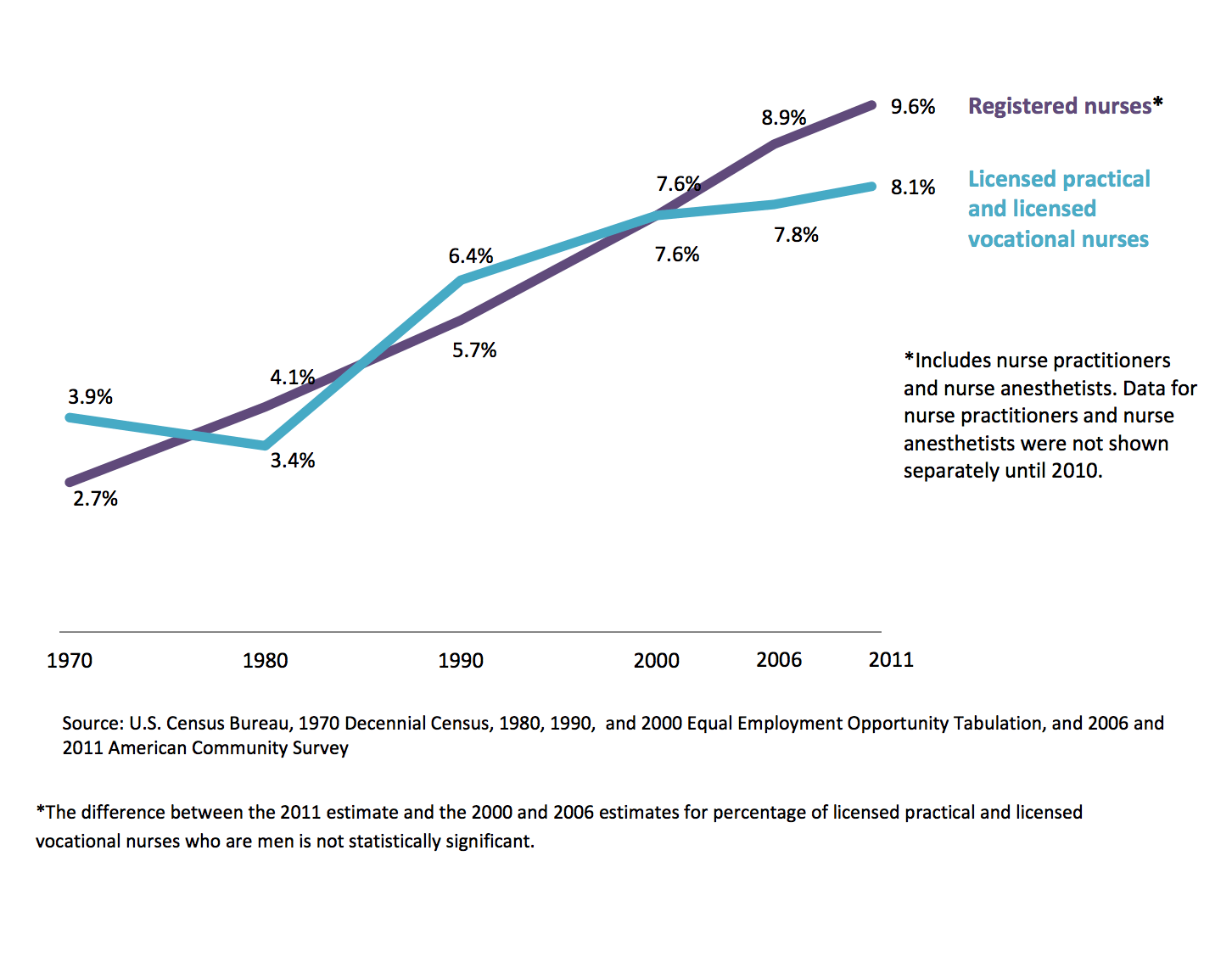
In ancient Rome, the nosocomi, who were men, provided nursing care in hospitals. There were also the religious orders that provided care for the sick and the well known military nursing orders, for example, the Knights Hospitallers, during the crusades. Even in the Crimea, where Florence Nightingale started her famous work, the care was provided mainly by male orderlies.
Nursing became the female-dominated profession it is today after the introduction of nursing education to answers the need for better patient care together with the rise of modern medicine in the 1800s.
“…nursing became one of the few acceptable careers for women outside of the home.”
In the patriarchal, Victorian society, nursing became one of the few acceptable careers for women outside of the home. The socially accepted gender order was maintained wherein the woman’s traditional role was carried over into the hospital setting, while nurses remained in a position subordinate to the medical men.
Whereas men still played a vital role in the care of the sick and wounded in the American Civil War, the US Army Nurse Corps was reorganized in 1901 so that men were not permitted to serve as nurses until 1955.
Entering Nursing as A Career: A Challenge
To a large extent, men were kept out of the nursing profession by being denied opportunities to qualify as nurses. Many nursing schools refused admission to men and the situation only changed considerably after 1981 when a US court judged, in a case against a state nursing school, that denying access to men was unconstitutional.
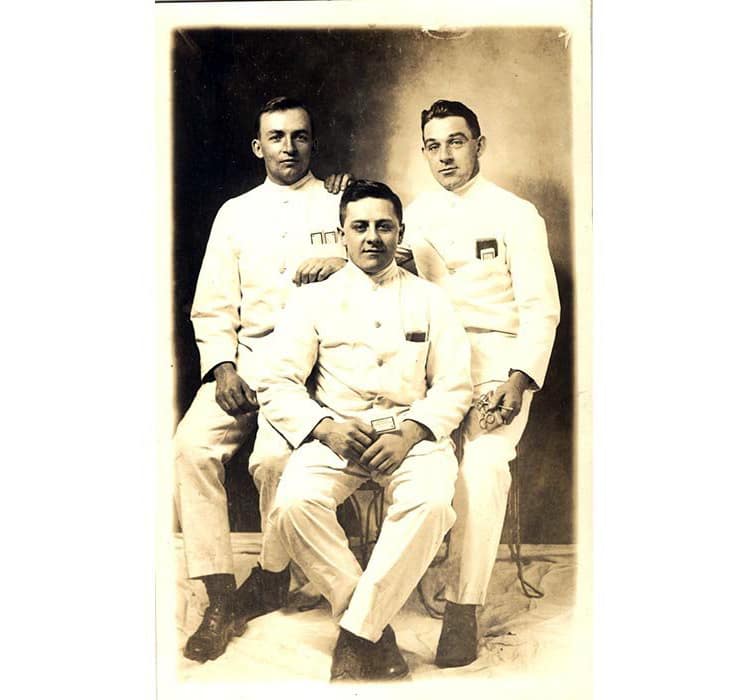
With few men in the profession and negative social stereotypes, one wonders why any men would have chosen to nurse as a profession. The reasons are probably as varied as those of female nurses.
“I was in a hospital and decided then and there to become a nurse when another patient exclaimed that the one male nurse on the unit must earn loads of money, being the only man amongst so many women,” Danthe laughingly explained when asked why he chose Nursing as a career. (A classic example of gender stereotyping at the time!)
Henry described his path into nursing as follows: “Career aptitude tests at school showed that I should follow a career involving caring. I was a medic while doing compulsory military service, even working in a military hospital, but never considered nursing when my stint in the army was over. I soon realized, however, that I couldn’t afford to pay my way and study psychology part-time with my job in government services – I needed a qualification. This was when I decided to become a nurse. I had the background experience and knew what I was letting myself in for, and I would still be able to continue my part-time studies.”
Men as Student Nurses
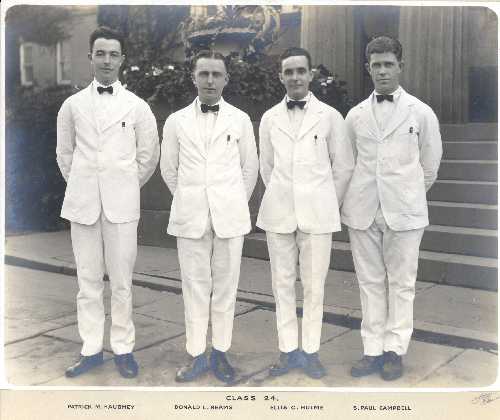
Men who were admitted to nursing courses often ended up being the only male in their class, or even in the nursing school. By all accounts, however, they were readily accepted by the female students and did not feel out of place.
“Men who were admitted to nursing courses often ended up being the only male in their class…”
“College days were wonderful!” exclaimed Henry. “All of us, male and female played football together – without a ball. Of course, there were many arguments about whether the ball was out or not or whether it was actually a goal!”
However, both Danthe and Henry revealed that the same could not be said of the attitudes of some of their friends and family, as well as other members of the community, towards their choice of career.
Both recalled one form of “discrimination” in their student years as having to serve as models during clinical demonstrations more often than not. After all, you can’t demonstrate a bed bath as well on a female in front of a male as the other way around. “I always had to be the model for anatomical positions, movements, and bandaging techniques,” explained Henry. “At times I was so trussed up that the whole next teaching period was wasted in unraveling me!”
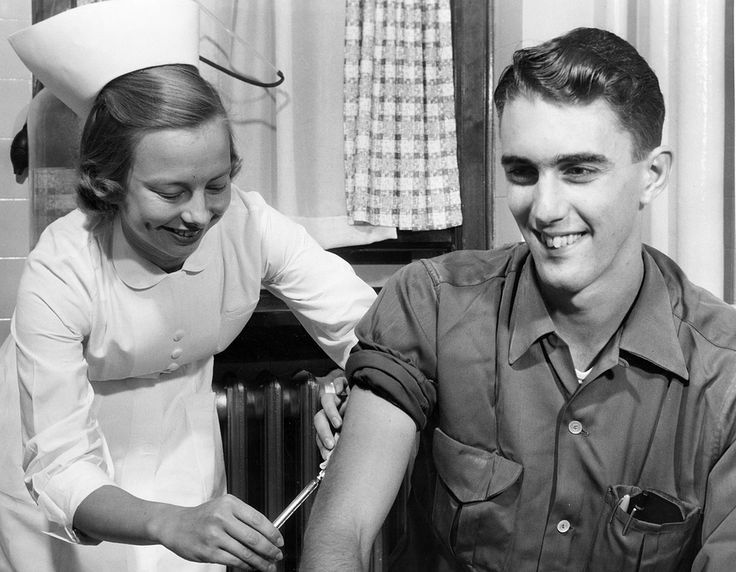
Danthe also remembered the frustration of being called on regularly, because he was a guy, for pre-op shaving, inserting catheters and assisting with heavy lifting in other units. “I just had to up and leave my own tasks and patients, and then later struggle to finish my work.”
Until recently, mixed-sex residences for students were frowned upon, and special accommodation arrangements had to be made for male nursing students because there were so few of them. Danthe told that he was happy to have been exempted from the rule that students had to live in the nurses’ residence during their first year of training and were able to continue living at home. Henry explained that the male student nurses at the particular hospital were housed in the night shift quarters, mainly with other qualified staff.
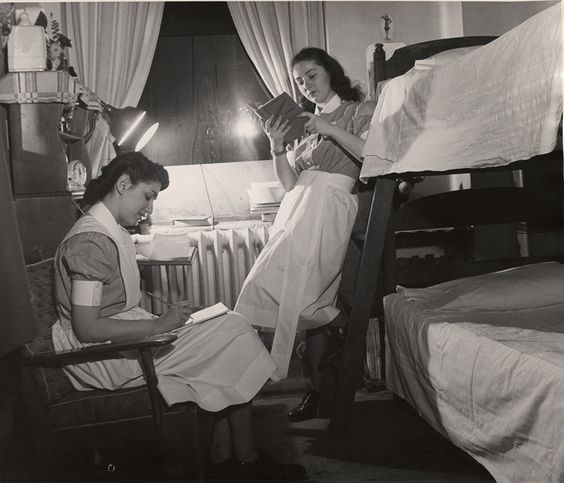
Looking back at what was then accepted as the general norm, there definitely was discrimination within the profession against men in nursing. Until the late 1970s-1980s, in many parts of the world, they did not get the same training as female students. Due to the differences in training, men in the United Kingdom were only admitted to parts of the register for nurses until 1951.
“To varying degrees in different countries, men were not allowed to work in obstetrics, pediatrics or nurse any female patients.”
To varying degrees in different countries, men were not allowed to work in obstetrics, pediatrics or nurse any female patients. “We were seen as either gay, pedophiles or rampant heterosexuals. We weren’t allowed near women. We weren’t allowed near children. They couldn’t make up their minds where they should put us,” stated Don Fraser from New Zealand. He also told that while on clinical assignment at the hospital they were even separated from female students by having to dine with the orderlies. After all the years Danthe still resents his limited clinical learning exposure in the operating theater. “We were only allowed to work in the Ear, Nose and Throat theater, and not in any of the general theaters,” he explained.
Nursing Uniforms
Until the 1970’s the uniform for men in nursing generally consisted of a white top, buttoned at the side, with a high mandarin-type collar. This was paired with wide, white pants which are described as “flapping in the wind.”
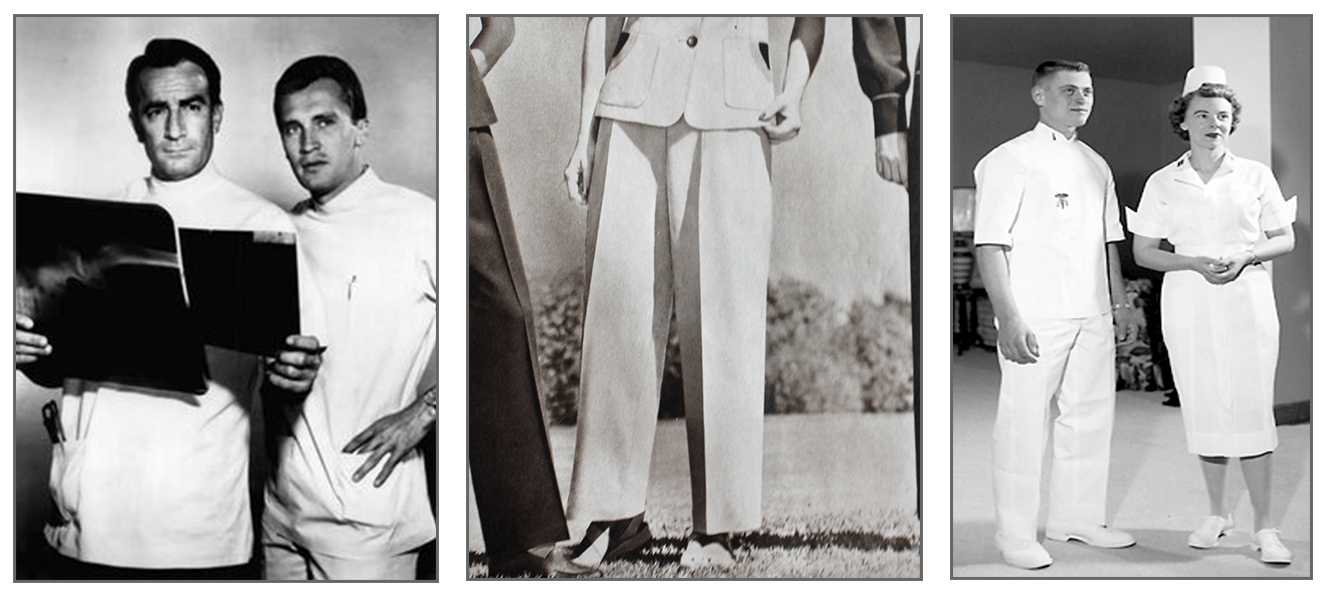
“When the narrow zoot-style pants (stovepipes) came into fashion, I hated the wide flapping pants!” said Danthe, “I convinced my mother to narrow my pants down but, when I reported for duty the next morning, the male nursing supervisor on the unit chased me out declaring that he refused to have a ‘ducktail’ working in his unit.” Fortunately, his nursing tutor agreed that the pants looked far better were able to resolve the issue.
“On his first day in hospital as a student nurse a friend of mine, proudly dressed in his starched new uniform and eager to be of service to humankind — was beckoned by an elderly gentleman with the call ‘Waiter!’,” recalled Henry, who refused to wear the standard hospital issue and bought his own uniforms.
Male Nurses in the Workplace
Studies have shown that, overall, men are accepted as part of the nursing team with colleagues being supportive and treating them as equals. Being a minority in a female dominated profession might even hold advantages as men take the gender privilege and power afforded by society into the situation.
One definite advantage in the last century was that men mostly enjoyed better service benefits, particularly when in government employment. Until a few decades ago, men were the main breadwinners and most women stayed at home to raise the family.
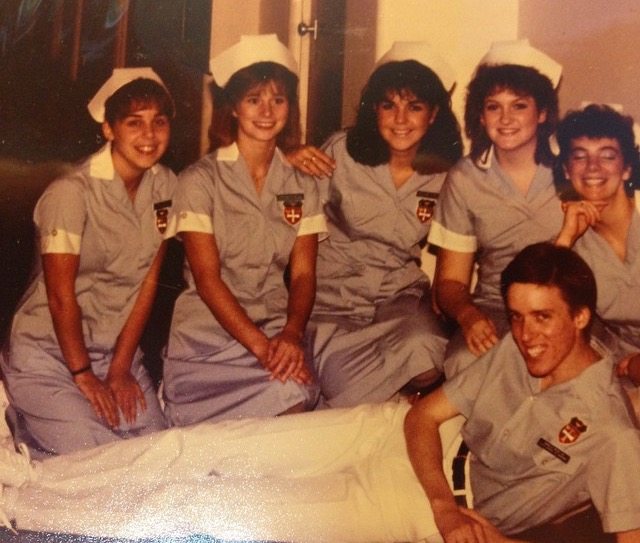
“Men were paid higher salaries than women in the same service category. We also had service benefits, such as a pension fund, housing allowance, and medical benefit, which were not extended to women at the time,” explained Danthe. Even today, statistics show that men in nursing earn on average about nine percent more than women.
In contrast to the glass ceiling effect for women in male-dominated professions, reference is made to a glass escalator effect where men progress more rapidly than their female counterparts in professions dominated by women.
In many countries, nursing students on clinical assignment were part of the allocated hospital workforce. “I had the privilege, after only my second month in training, to be placed in charge of a male medical unit with around 30 patients during night duty. My experience in the military medical corps helped, but it was undoubtedly a tremendous responsibility,” revealed Henry. Whether this was due to his previous experience or an example or gender privilege, or both, is an open question. Either way, he must have been recognized by his superiors as a skilled nurse.
Reverse discrimination was, however, evident in one situation in the 1960s where Danthe had applied for, and been recommended by the matron of the hospital, for a paid study leave to complete a one-year course in Nursing Administration. The Chief State Nursing Officer called the matron with the question: “What would a male nurse be doing in nursing management?”
Both Danthe and Henry (not their real names), who are now retired, completed fulfilling careers in the nursing profession. After having worked in hospitals for a number of years, Danthe worked in regional nursing management and also as a professional officer at the national nursing association. The most senior position he held was that of Chief Nursing Officer for international health liaison at the National Department of Health.
Henry retired from his post as a Professor in Nursing Science, having moved into nursing education after working in hospital nursing as well as in occupational health. The topic of his Ph.D. in Nursing centered on professional nurse caring.
With the shortage of nurses and the changing views of society regarding gender roles in occupations, there is a significant move towards recruiting more men into nursing. Hopefully in the future men and woman will be equally represented in the profession. To get to this goal, we could all help to break down the stereotypes in society about nursing in general and men in nursing in particular.

Nice history, thanks
Interesting facts truely frozen in time